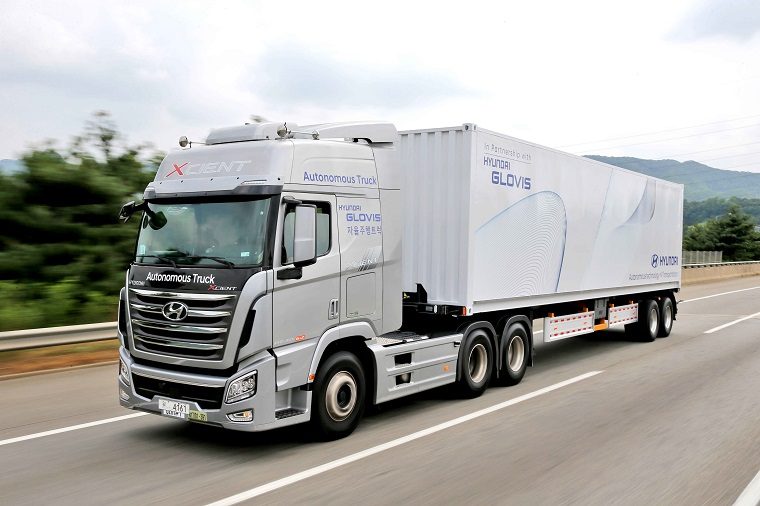Learn How To Share The Road With Large Trucks

Every day we share the road with large trucks, and if you live in an urban area and commute on a freeway, you’ve probably had your share of close calls with a semi-truck.
Even drivers with stellar driving records are not as confident or knowledgeable as they could be when sharing the road with a vehicle that weighs up to 16 times more than a standard passenger vehicle. How much do you know about sharing the road? Test your knowledge below.
How many blind spots do large trucks have?
When you think of how many blind spots you have, you might say one or two and many of today’s cars have a backup camera which can be even more helpful when dealing with blind spots when backing out.
Large trucks, like semis, have four major blind spots, which are also referred to as “no zones.” In addition to the blind spots on the driver and passenger side, there is a “no zone” on the front and back of every truck.
A fully loaded semi-truck doesn’t have the advantage of being able to look out the back window and seeing a car behind them. Many drivers assume that because a semi-truck driver is positioned higher than everyone else that they have a better vantage point; seeing directly in front of the truck can be challenging.
When sharing the road, do your best to stay out of the “no zones” and always pass on the left when possible as the blind spot on the passenger side if much worse than the driver’s side.
How much space does a semi need to turn at an intersection?
We’ve all been there, sitting at an intersection and watching a semi preparing to turn. The trailer gets uncomfortably close and we worry that our car will be wrecked. Most buses and large trucks need a turning radius of 55 feet.
Never try to make a quick turn or try to squeeze in next to a semi. It’s always important to stop behind the line at the intersection to avoid being clipped by a truck as they are turning.
Which is the deadliest day to share the road with semis?
An accident with a semi-truck can occur any day of the week and any time of day, but the most dangerous day to share the road with large trucks is on Thursdays. Also known as “Fatal Thursdays,” more accidents and fatalities involving a semi-truck are more likely.
There are numerous factors as to why Thursdays are more deadly. Truck drivers are more likely to be fatigued, stressed, and making careless decisions (such as speeding) in a rush to meet their deadline.
Are all semi-truck drivers bullies behind the wheel?
The short answer is “no.” The same question could be asked about all other motorists on the road. Large truck drivers have a long history and reputation of being rude, impatient, and downright dangerous. While there are some irresponsible and unfriendly semi drivers on the road, most are too busy concentrating on the road to focus their energy on bullying a motorist.
Driving a large truck takes skills and patience that many of us don’t have. Not only do most semi drivers have to worry about getting a load delivered on time, but they also feel the “heat” and impatience from other motorists on the road.
Learning how to share the road with bigger vehicles will not only make you safer but will help you better understand what it’s like to drive a big rig.
This is a collaborative article.

The News Wheel is a digital auto magazine providing readers with a fresh perspective on the latest car news. We’re located in the heart of America (Dayton, Ohio) and our goal is to deliver an entertaining and informative perspective on what’s trending in the automotive world. See more articles from The News Wheel.

